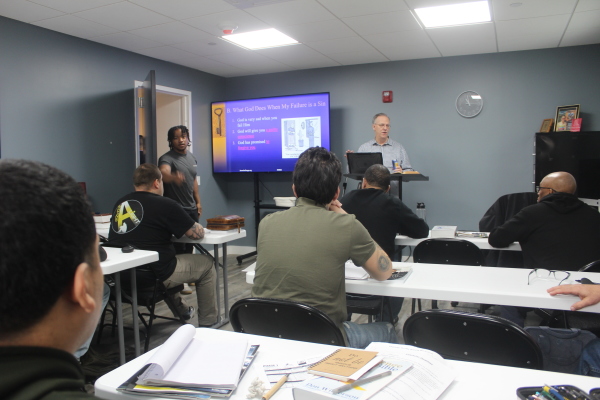How to Trim Your Sermons
I'm like many other preachers. I like to preach long messages! You'll often see staff members cringe when I start going long. They know a long sermon could mean backed up parking lots as one service lets out and another one starts.
You can preach longer if you build breaks – or what I call "sermon features" – into your messages. Still, it's no secret that attention spans have shrunk in recent years. Every preacher needs to learn to trim his sermons. If you use everything you dig up in a week of studying, you'll have to preach all day!
When I set out to trim my sermons after a long week of studying, I trim in four places:
Number of verses: My outlines have an average of 12 to 14 verses. But more than likely I've studied up to 100 verses in preparation for the sermon. To really understand what God's Word says about what I'm preaching, I have to study as many verses as possible. But there's no way I can use all those verses as I preach. I admit this is tough for me. I hate to trim verses. Since I've often spent hours studying these passages, I'm not usually objective about which ones should be cut. For that reason, I like to get the opinions of others when I make these cuts.
Background material: I hate to tell you this, but your members aren't nearly as fascinated by archeology and linguistics as you are. Do as much background study as you can in the exegesis, but share as little of it as possible in your sermon. Remember, preaching is not a seminary class. You are preaching for life change. You don't have to explain everything about a text to your congregation. Describing too much detail of the text can actually hide or dilute the power of the text. When you pay too much attention to secondary issues, you miss the point and purpose of the verse. Figure out the purpose of the text and emphasize that.
Points: The Puritan preachers would often use 30, 40, or 50 points in their sermons. But exhaustive sermons are exhausting to the congregation. Here is a principle of life – confinement often produces power. When an artist confines his painting to a canvas, a picture comes out. When water is confined to one channel, it produces hydroelectric power. When pianists confine their playing to the score, music is produced. When you confine your sermons to fewer points, you get a sermon with power.
Quotes and illustrations: You've got to trim your illustrations too. Often we spend way too much time telling a story. Don't draw out your stories; condense them. A good story becomes a great story when you use as few of words as possible. Take a look at all of your stories. Can they be any shorter? Also, don't forget to take a look at your quotes. Sometimes you will find an archaic quote that has a kernel of a good idea in it. Well, just rephrase it. Shorten it to give it zing. You can also look at limiting the number of quotes or outside illustrations you're using if your message is too long.
You might as well face it now. You're going to have to trim your sermon at some point this week. In fact, no matter how long it is, ask yourself one question: Can it be tighter? Look at limiting your verses, cutting background material, taking out points, and trimming your quotes and illustrations.






















